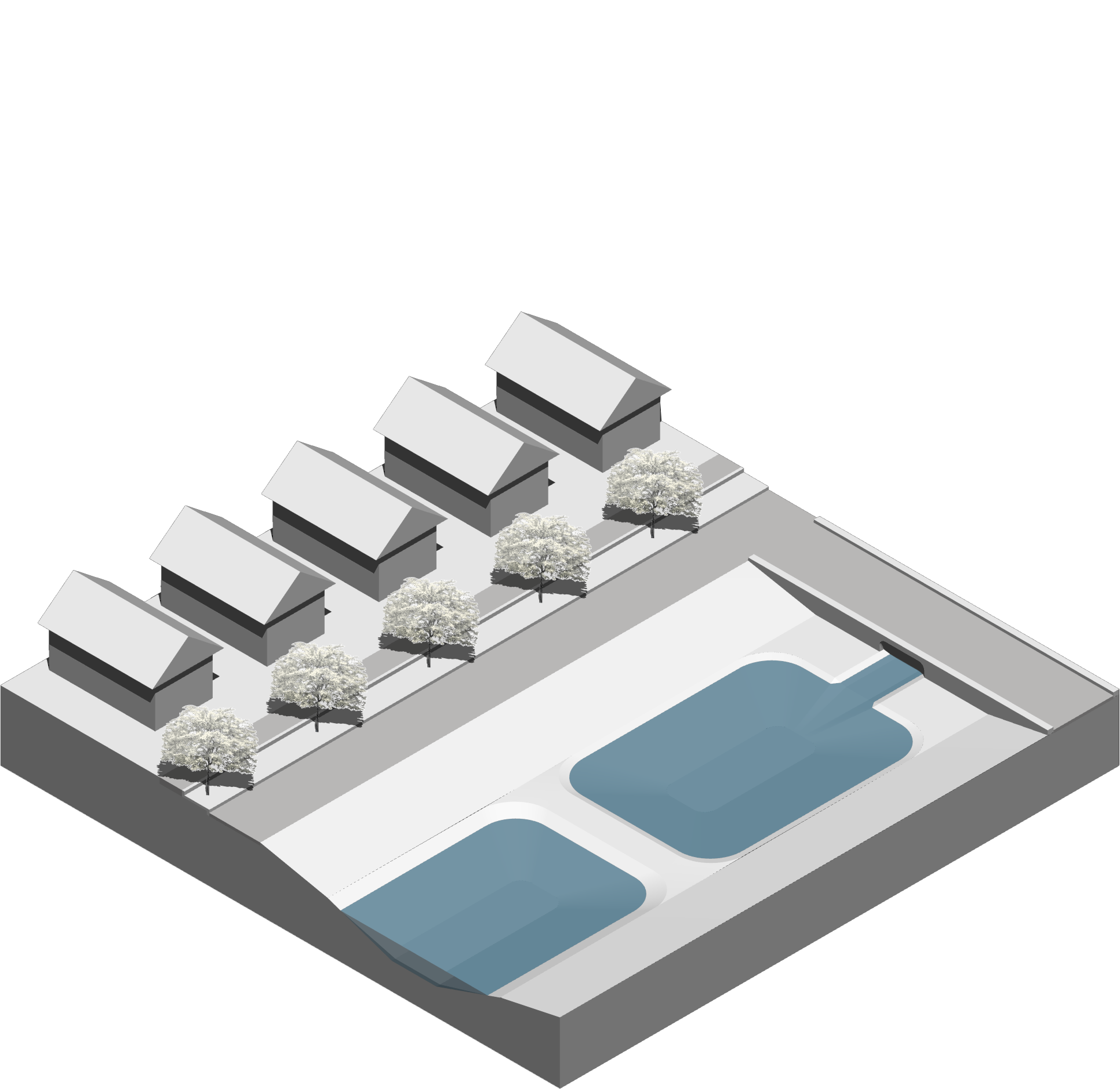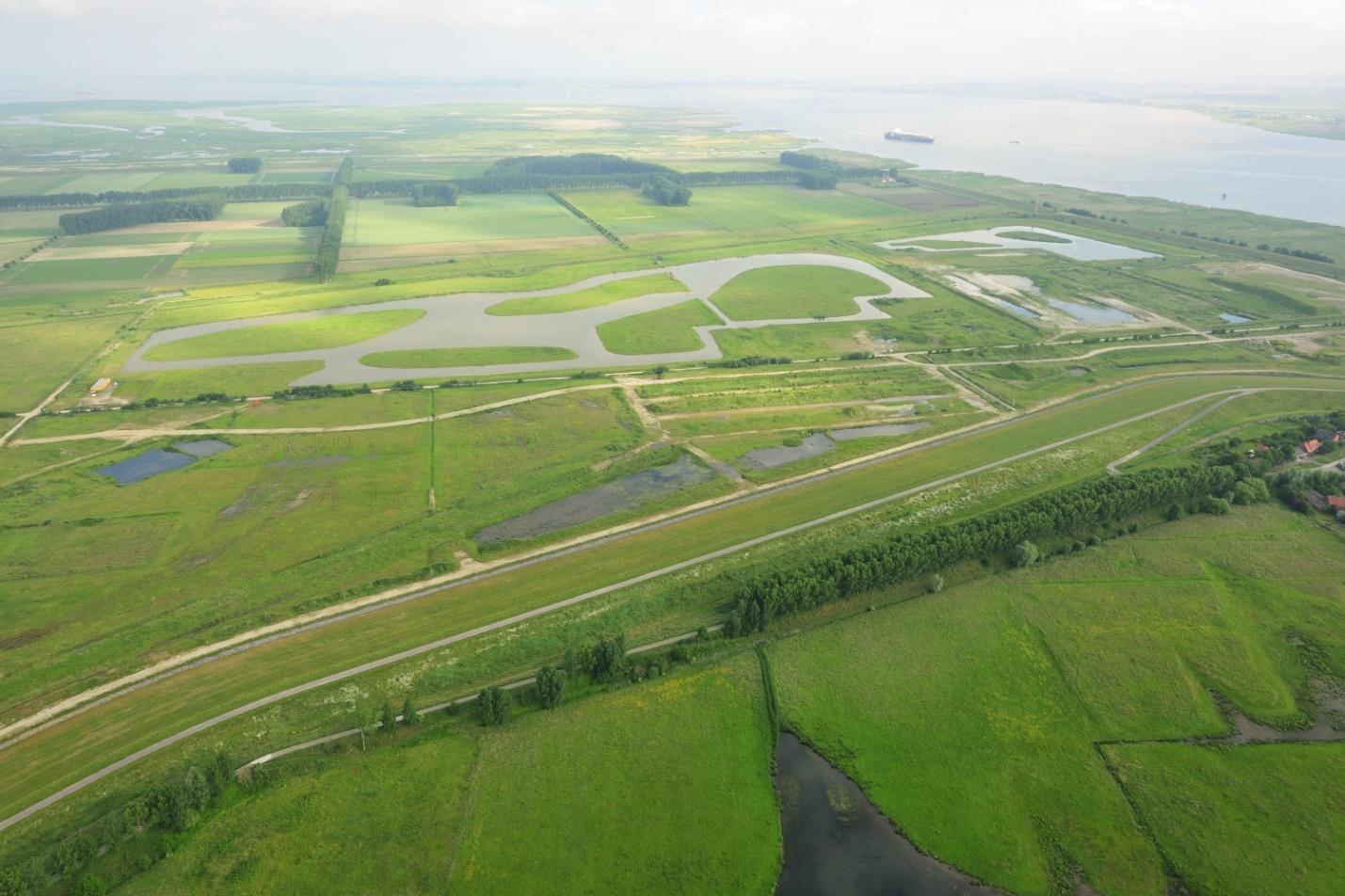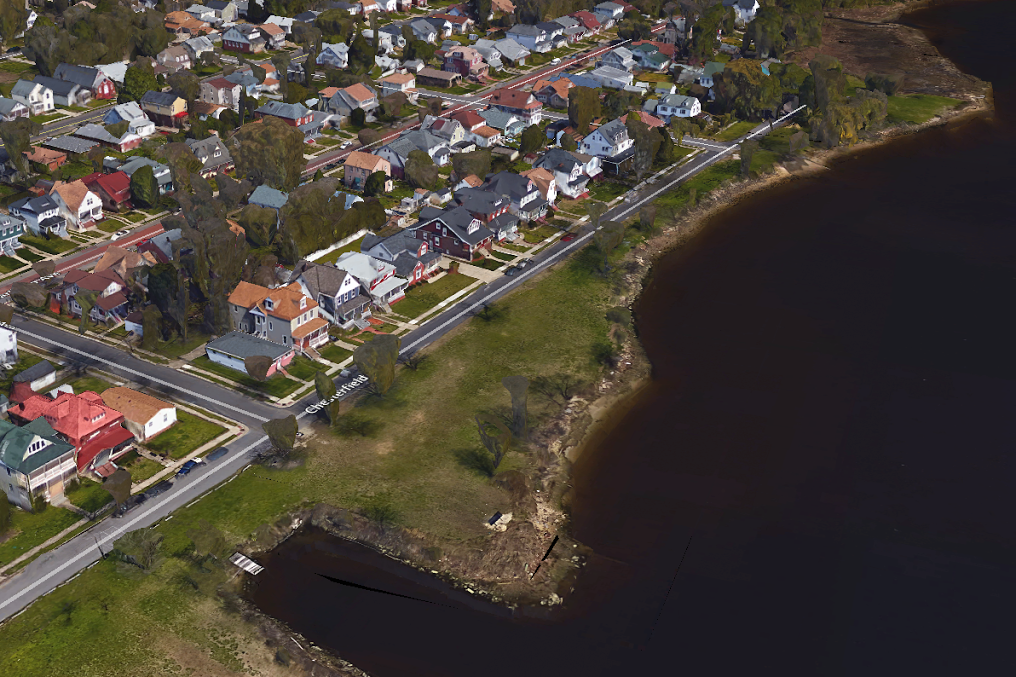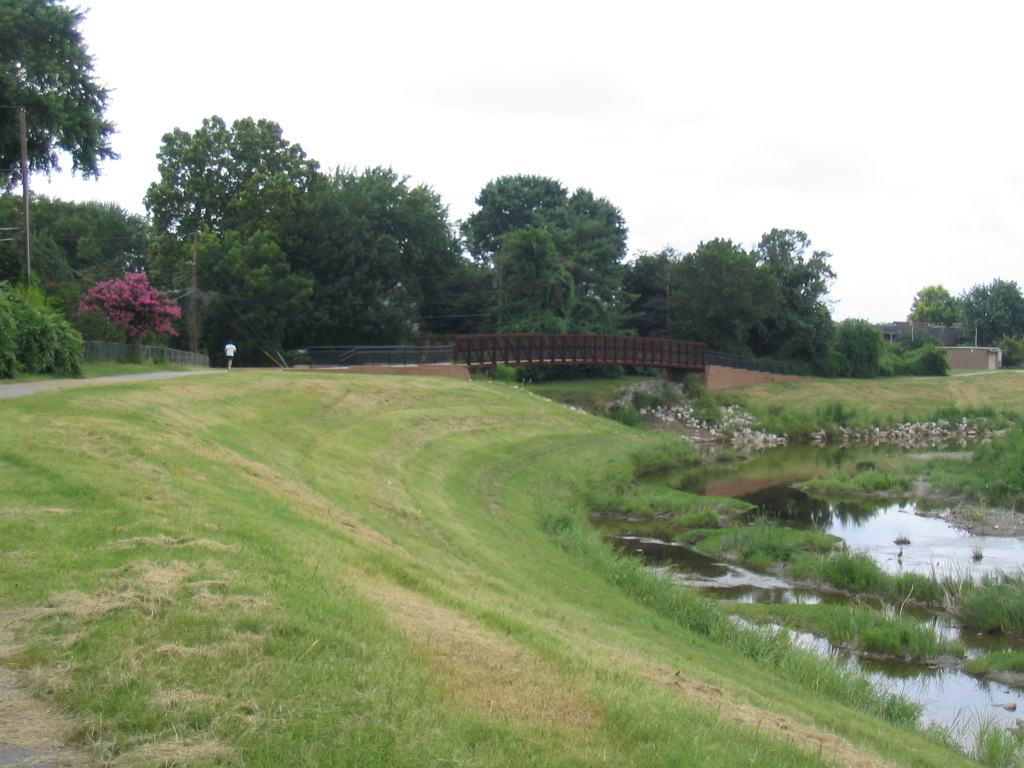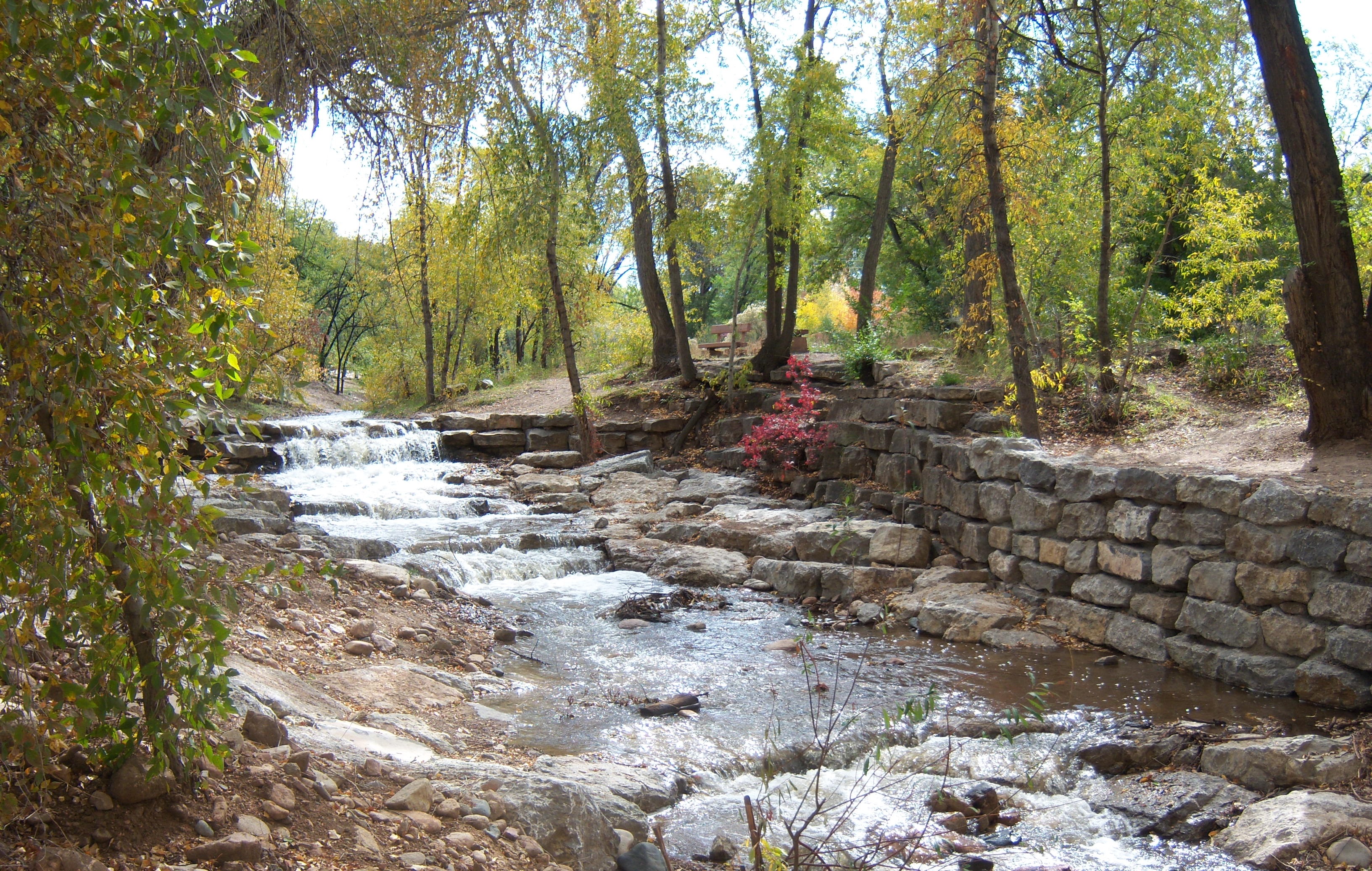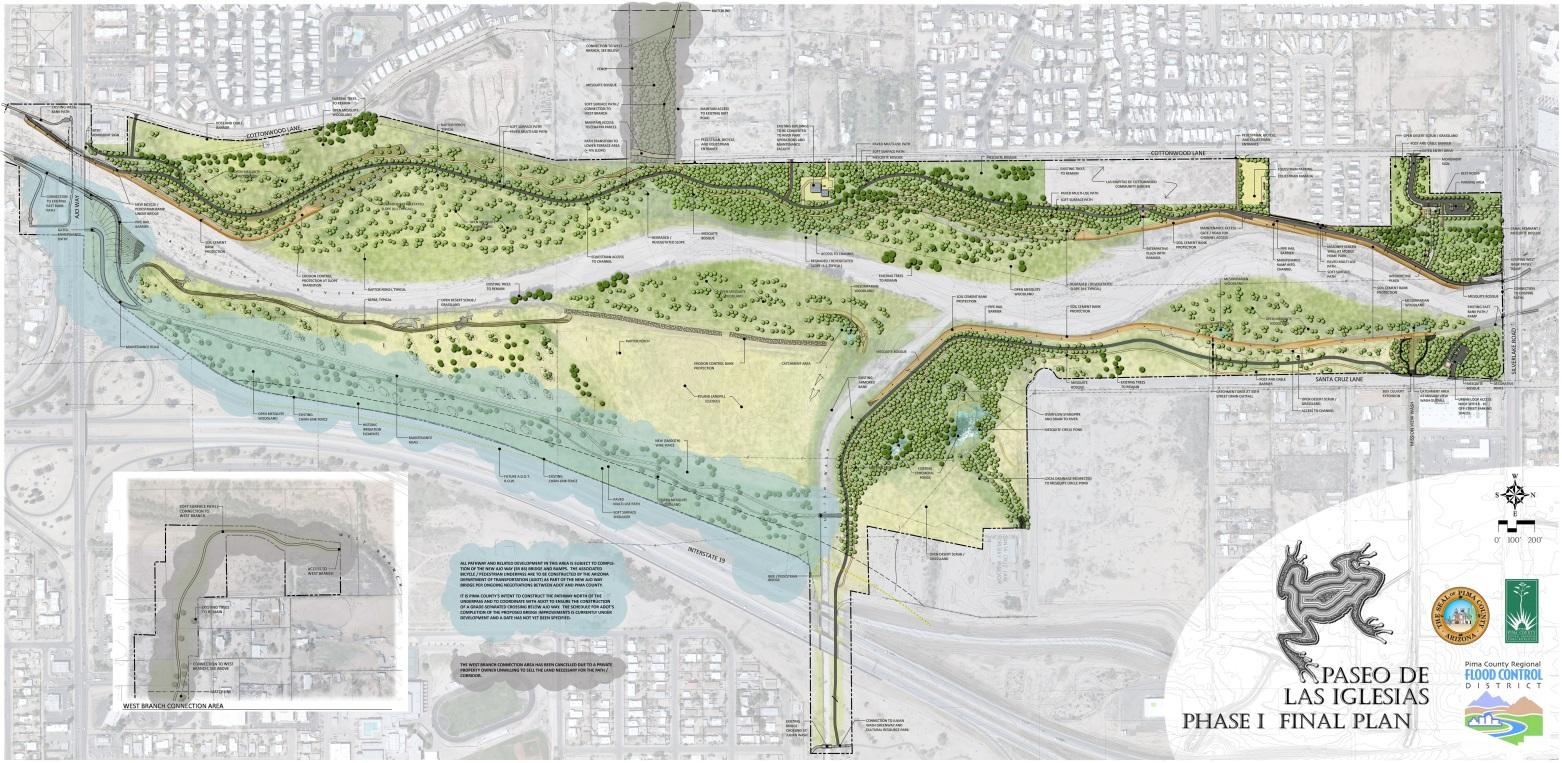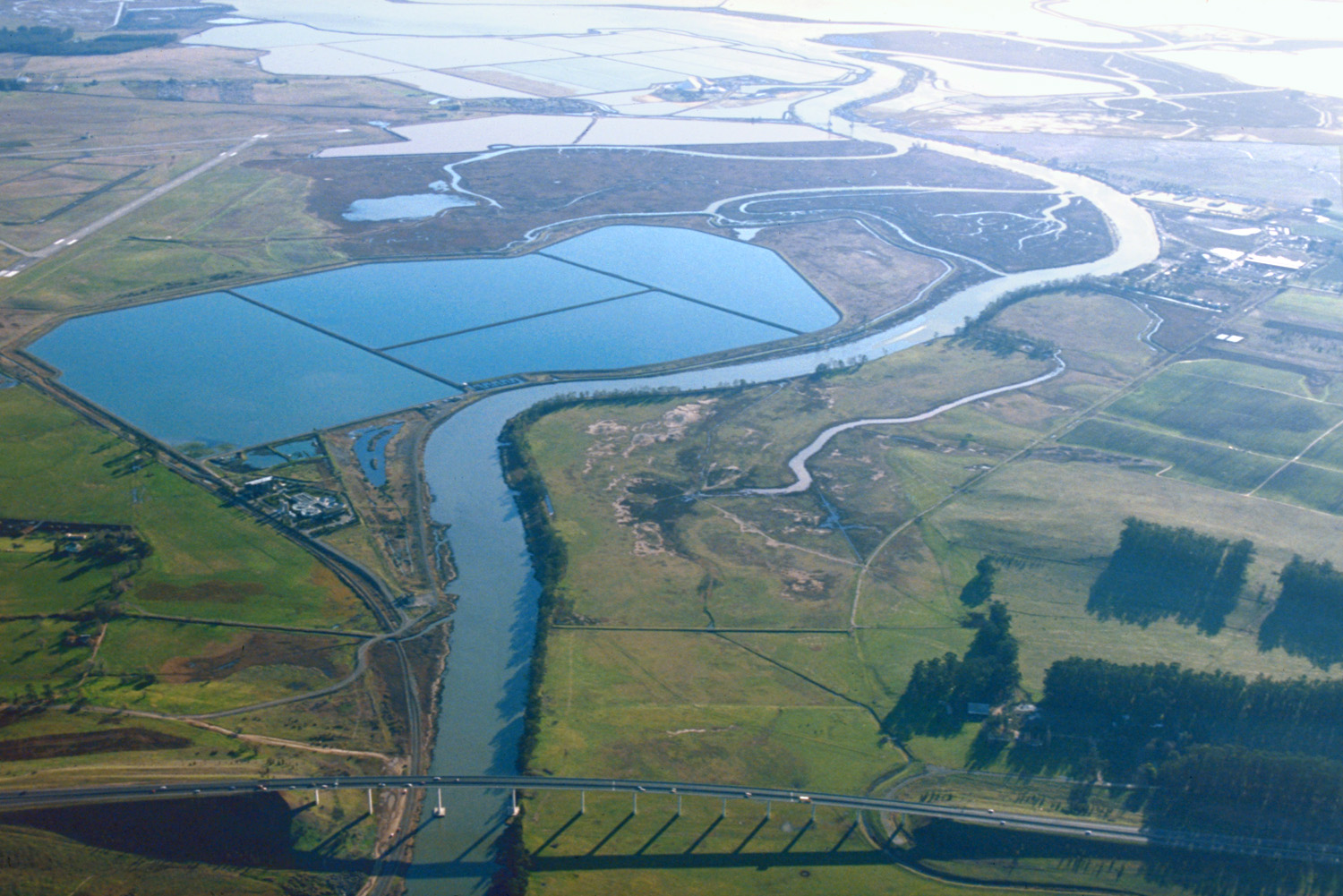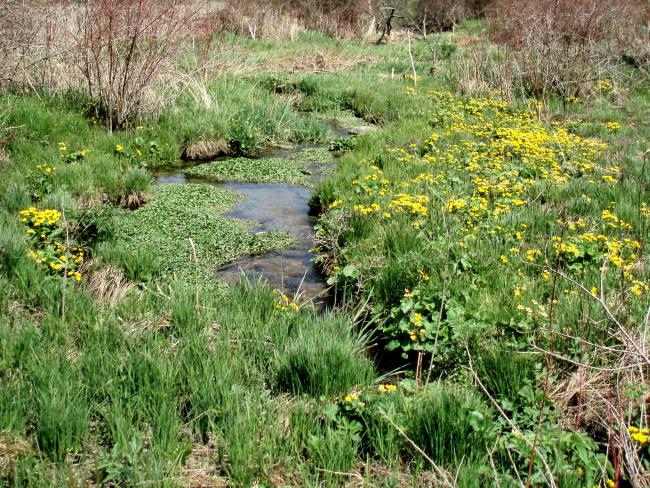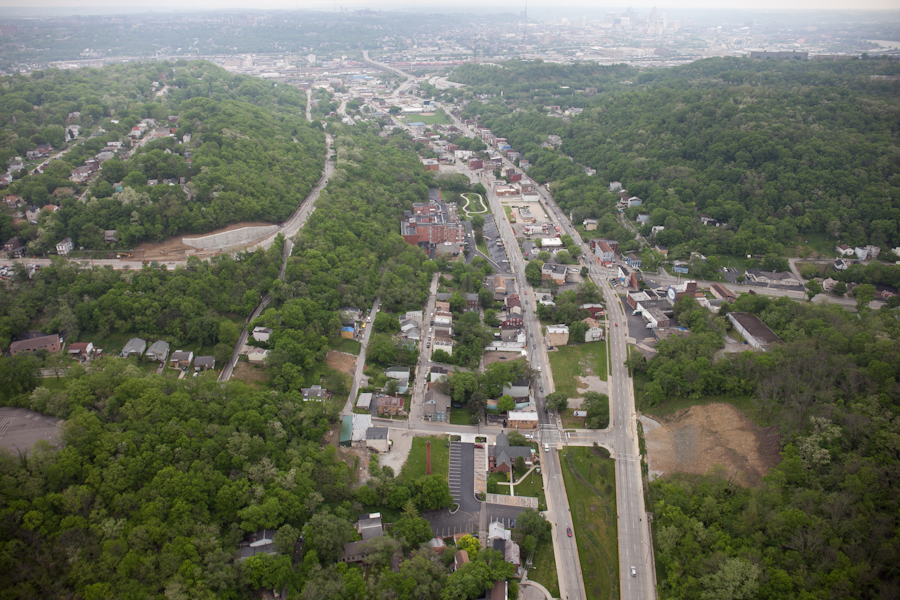Floodwater Detention and Retention Basins
A detention basin is an area that has been designed and designated for the temporary or permanent retention of floodwaters during rain or flood events. Detention basins are generally designed in two forms- dry or wet basins. Dry basins retain water only during storm events, later releasing the water at a controlled rate until the basin empties. Hence the basin remains dry between rain events. Wet basins, on the other hand, retain a permanent pool of water, similar to a pond, irrespective of storm events and hence are wet year-round. The depth of the permanent pool of water is generally designed taking into consideration water quality volumes and hence wet retention basins also act as water treatment devices. Additional storage capacity is provided above the permanent pool for temporary run-off storage.
Hazard Mitigation
Flood water detention and retention basins are designed to capture and slow stormwater runoff to prevent downstream flooding. They may also be designed to accept and store floodwaters during highwater events, increasing the overall flood storage of a system and reducing flood damages as waters can be held long enough to reduce the peak flow downstream.
Siting Considerations
Depending on the specific type of flooding being addressed, the primary consideration when siting a flood detention basin is identifying where current and potential future flood issues exist – whether stormwater or riverine flooding – and securing the necessary land in that area to allow for a meaningful intervention in the flood impacts.
For floodwater detention basins intended to address riverine flooding, the basin should be sited or located near the middle of the watershed to provide the most efficient means of peak flow and volume reductions and control.
Existing topography should be used as an advantage. Taking advantage of existing low lying areas either in proximity to the main watercourse or in relative proximity to regularly occurring nuisance flooding areas can provide a logical location to site a basin.
Importantly, avoid areas where seasonal groundwater levels are at or near the bottom of the basin, as this will reduce the effectiveness of the basin itself and may also impact construction.
Costs
Land often must be purchased and some earthworks is often needed. Therefore, constructing detention areas in areas already developed can be challenging. However, if the detention areas are developed as part of a new development project, land costs may not be significant and the earthworks can be undertaken in conjunction with the road works and other earthworks required to develop the property.
According to the EPA, typical costs for wet detention ponds range from $17.50-$35.00 per cubic meter ($0.50-$1.00 per cubic foot) of storage area. Dry detention basins typically cost around $10 per square meter ($0.30 per cubic foot) for smaller basins and $5 per square meter ($0.15 per cubic foot) for larger basins. However, the total cost for a pond or detention basin needs to include allowances for permitting, design and construction, and maintenance costs. Permitting costs may vary depending on state and local regulations.

Co-Benefits of the Strategy
Floodwater detention areas can be used for recreation, an amenity or as wildlife habitat. As dry detention basins are intended to be dry between rain events, they can be used as sports fields, or other types of open space. Wet detention basins function similar to a pond and hence can provide an aesthetic and social benefit to the community while increasing flood protection and improving water quality.
Maintenance Considerations
Maintenance measures will vary depending on the type of basin used. Retention and detention basins may require periodic removal of sediment and particles which have settled at the bottom of the basin. The detention/retention area may need basic mowing, vegetation management and cleanup maintenance. In addition, erosion repair may be needed after a flood event. Regular inspection of the inlet and outlet pipes in wet and dry basins may also be required to ensure they are not clogged and are functioning to full capacity.
Similar or Complementary Solutions
Waterfront parks serve a very similar role, creating a space that can be intentionally allowed to flood during storm or flooding events and then slowly let the floodwaters recede, reducing the overall peak flow of the flood. Floodplains and floodplain restoration serve similar roles as well, though there is a greater focus on ensuring ecological health and connectivity in floodplains than there may be in the design of a floodwater detention basin.
Additional Resources
The State of Maine has developed a set of best management practices for the use of floodwater detention basins.
The Santa Clara Valley Water District has produced some concise guidance on siting and design of floodwater detention basins.
